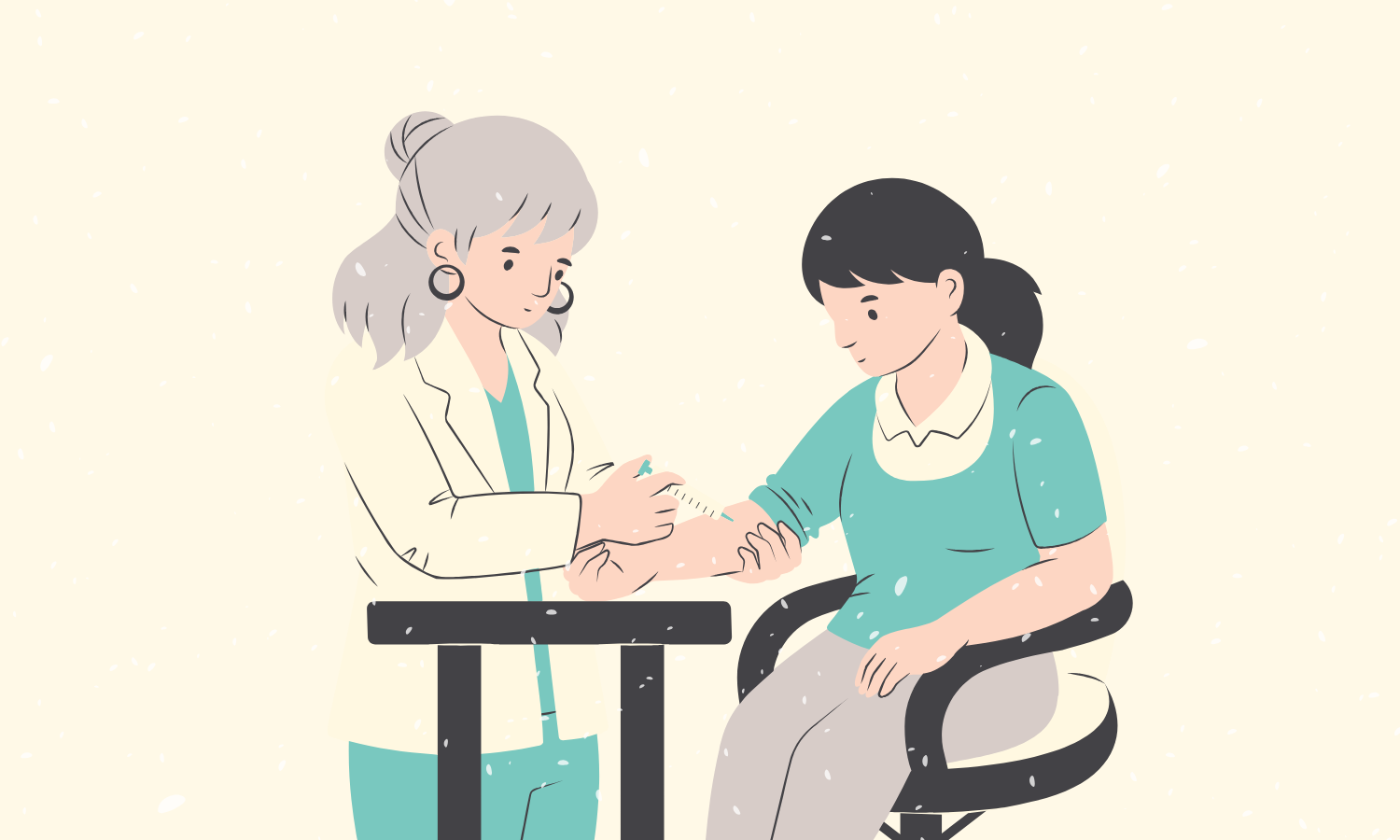Health spotlight: Understanding ovarian cancer
Ovarian cancer might not be the easiest topic to chat about, but hey, we're all about keeping it real here. In Australia, roughly 1,815 women get hit with the news of ovarian cancer each year. To make it even trickier, most of the time, it's already reached an advanced stage when they find it, and that's a real tough spot to be in.
At Skye, we're all about spreading awareness and arming you with knowledge. So, join us as we dive into the topic of ovarian cancer. We want every woman out there to know what's up and how to stay one step ahead of this sneaky adversary.
What is ovarian cancer?
When someone gets an ovarian cancer diagnosis, it means there are some pesky cancerous (called malignant) cells hanging out in one or both of their ovaries. Sometimes, these cells decide to go on a bit of a road trip and spread to other nearby organs in the tummy.
Some ovarian cancers are known as 'borderline' because they are slow growing, confined to the ovary and treated by surgery alone. They make up about 15% of all ovarian tumours and tend to be more common in folks between the ages of 20 and 40.
Three main types to know about
Epithelial: This one's like the veteran of the group. It kicks off in the cells that line the surface layer of the ovary (you might've heard of this layer called the epithelium). In fact, most ovarian cancers are of this type. Here's an interesting fact: some research suggests that many epithelial ovarian cancers actually start their journey in the fallopian tubes. These cancers are more likely to pop up in folks over the age of 50, and they can be a bit cystic, containing watery or mucous-like fluids.
Germ cell: Now, this one's the young gun. It starts in the cells responsible for making eggs. You'll typically find germ cell cancer hanging out in people younger than 30. It accounts for only about 5% of all ovarian cancer cases.
Stromal cell: The stromal cell cancer is the rarest of the bunch but doesn't discriminate based on age. Stromal cell cancer can make an appearance at any stage of life.
Symptoms to watch out for may include:
increased abdominal size or persistent bloating
abdominal or pelvic pain
feeling full quickly after eating a small meal
frequent or urgent need to urinate
pain during sex
And there's more:
changes in bowel habits
unexplained weight gain or loss
excessive fatigue
lower back pain
Indigestion or heartburn
nausea
unusual bleeding or bleeding after menopause
Now these symptoms can pop up at different times in life, which can make diagnosing ovarian cancer a bit tricky. But if you notice any of these signs, it's essential to have a chat with your doctor. They could be linked to various health issues, and while it might not always be ovarian cancer, it's crucial to rule it out. Your health is worth the checkup!
Source: NCBI Literature Resources
Risk factors for ovarian cancer
Now, while some people develop ovarian cancer without any apparent reasons, certain factors could increase the likelihood. These factors include:
Age: Ovarian cancer can happen at any age, but often makes its debut around the age of 64 on average.
Family history: A family tree with branches of ovarian, breast, or other cancers might raise the risk.
Genetic makeup: Carrying the BRCA1 or BRCA2 genes could have higher risk.
Smoking: Smoking isn't just a concern for your lungs; it might also play a role in ovarian cancer risk.
Childbearing: Oddly enough, never having children could be a factor.
When it's time to chat with your doc
If you notice any of the symptoms we've mentioned earlier, it's essential to make that doctor's appointment. When it comes to ovarian cancer, early detection can be a game-changer. So, don't hesitate – schedule that visit and stay on top of your health.
Related resources
For more information about ovarian cancer, visit the Ovarian Cancer Australia website or the Ovarian Cancer Research Foundation.









